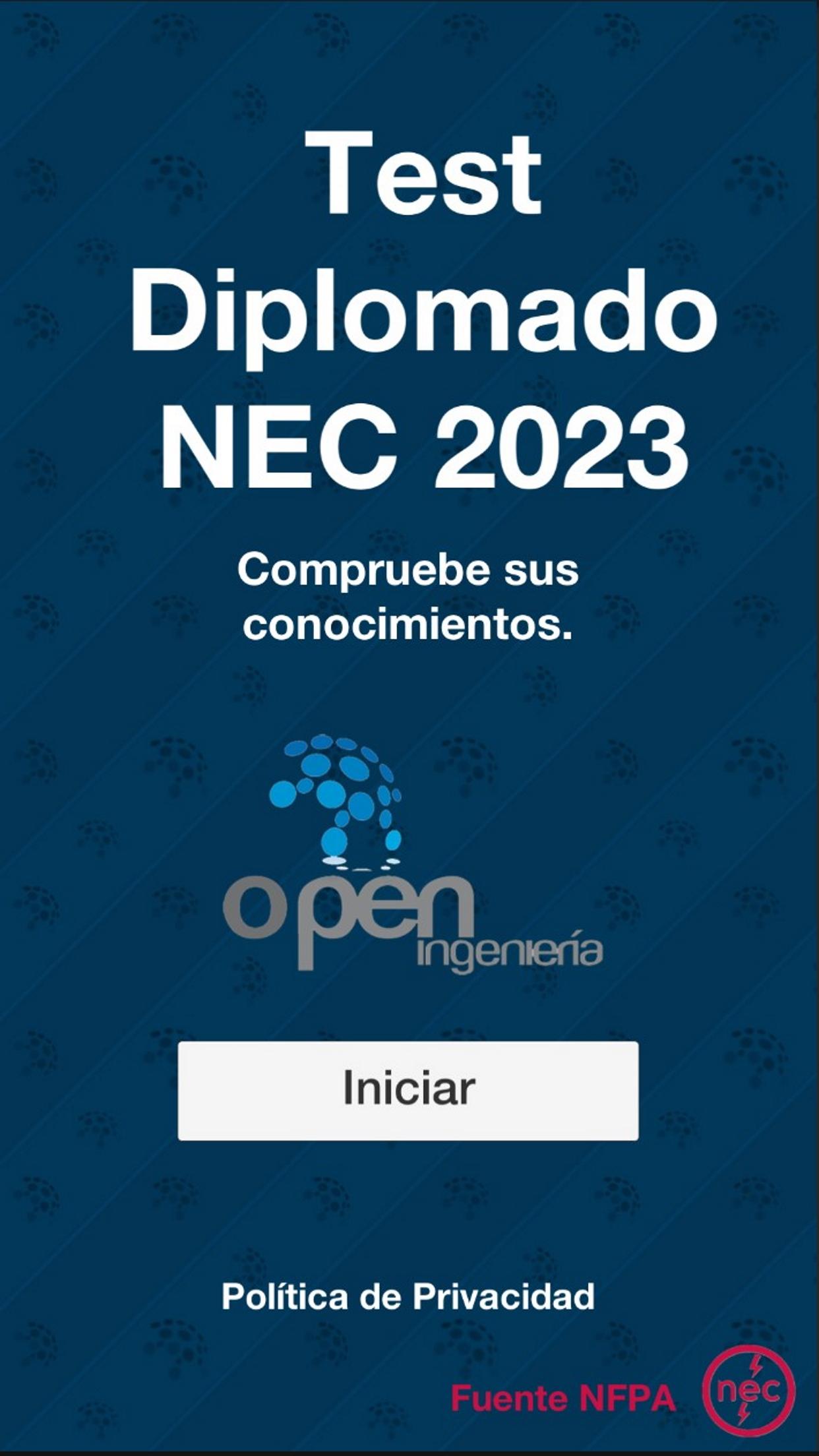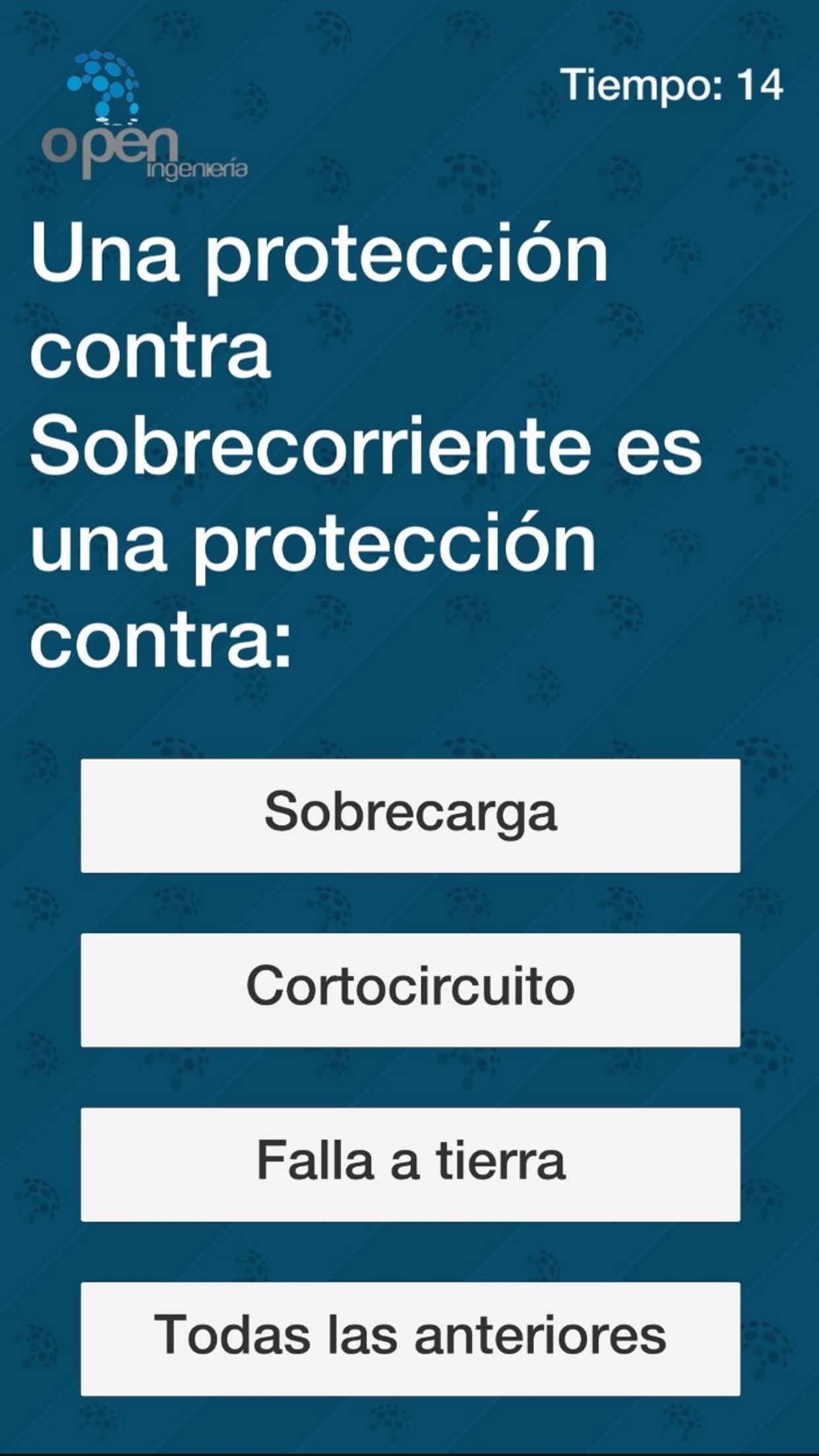Open Test
About Open Test
1. What is the NEC 2023?
The NEC 2023, also known as the National Electric Code 2023, is a set of standards and regulations that govern the safe installation and use of electrical systems in the United States. It is published by the National Fire Protection Association (NFPA) and is updated every three years to keep up with technological advancements and safety practices in the electrical industry.
1.1. Who is responsible for creating the NEC 2023?
The NEC 2023 is developed and maintained by the NFPA, a non-profit organization dedicated to promoting fire prevention and safety. The NFPA consists of a committee of experts, including engineers, electricians, contractors, manufacturers, and other industry professionals. These individuals collaborate to review, revise, and update the code based on their collective knowledge and experience.
1.2. What does the NEC 2023 cover?
The NEC 2023 covers a wide range of electrical installations, including residential, commercial, and industrial settings. It provides guidelines for electrical wiring, grounding, lighting, power distribution, communication systems, and more. The code addresses various aspects of electrical safety, such as preventing electrical shocks, fires, and other hazards that can result from improper installation or use of electrical equipment.
2. Why is the NEC 2023 important?
The NEC 2023 is crucial for ensuring safety in electrical installations. Electricity is a powerful and potentially dangerous force, and without proper regulations, there would be an increased risk of electrical accidents, fires, and injuries. By following the guidelines outlined in the NEC 2023, electricians, contractors, and building owners can create electrical systems that meet the highest safety standards and minimize the potential for accidents.
2.1. Who should adhere to the NEC 2023?
Anyone involved in the design, installation, inspection, or maintenance of electrical systems should adhere to the NEC 2023. This includes electricians, electrical contractors, architects, engineers, building inspectors, and even homeowners who perform DIY electrical work. Adhering to the code not only ensures safety but also helps to prevent legal issues and liability in case of accidents or property damage.
2.2. How does the NEC 2023 affect building construction?
The NEC 2023 has a significant impact on building construction. It sets the standards for electrical installations in new construction projects and renovations. Building plans and permits must comply with the code’s requirements, and inspections may be conducted to ensure compliance. Failure to meet the code’s standards can result in delays, penalties, and even the rejection of building permits.
3. What are some notable changes in the NEC 2023?
As the NEC is updated every three years, there are always changes and revisions in each new edition. While it is impossible to list all the changes in the NEC 2023, here are a few notable ones:
3.1. Increased focus on renewable energy
With the growing popularity of renewable energy sources such as solar and wind power, the NEC 2023 includes updated requirements and guidelines for their safe installation and integration into electrical systems. These changes reflect the industry’s shift towards sustainable energy solutions.
3.2. Enhanced electrical safety measures
The NEC 2023 places a greater emphasis on electrical safety by introducing new requirements for arc fault circuit interrupters (AFCIs) and ground fault circuit interrupters (GFCIs). These devices are designed to detect and prevent electrical faults that can lead to fires or electric shocks. The updated code expands the areas where AFCIs and GFCIs are required, providing increased protection in residential and commercial settings.
3.3. Updated guidelines for energy storage systems
As energy storage systems, such as batteries, become more prevalent in both residential and commercial applications, the NEC 2023 includes updated guidelines for their safe installation and operation. These guidelines address potential hazards associated with energy storage systems and ensure their integration into electrical systems is done in a manner that minimizes risks.
4. How can one stay updated with the NEC 2023?
Staying updated with the NEC 2023 is crucial for professionals in the electrical industry. Here are some ways to stay informed:
4.1. Access the official NEC 2023 document
The NFPA publishes the NEC 2023 in various formats, including print and digital versions. By purchasing a copy of the official document, professionals can have the most up-to-date information at their fingertips.
4.2. Attend training and educational programs
Many organizations offer training programs and courses that specifically focus on the NEC and its updates. These programs can provide in-depth knowledge and interpretation of the code, helping professionals understand and implement its requirements correctly.
4.3. Join professional associations and forums
Professional associations and online forums provide platforms for discussions and sharing of information related to the NEC 2023. By actively participating in these communities, professionals can stay updated on the latest developments, ask questions, and learn from industry experts.
4.4. Consult with code experts
When in doubt, consulting with code experts, such as electrical engineers or experienced electricians, can provide valuable insights and clarification on specific code requirements. They can help interpret the code and provide guidance on how to apply it correctly in real-world scenarios.
In conclusion, the NEC 2023 is a vital set of regulations that ensures electrical safety in the United States. By understanding and adhering to the code’s guidelines, professionals can create electrical installations that meet the highest safety standards, protect against electrical hazards, and promote overall public safety. Staying updated with the NEC 2023 is crucial for professionals in the electrical industry, and various resources and methods are available to help individuals stay informed about the latest code updates and requirements.


